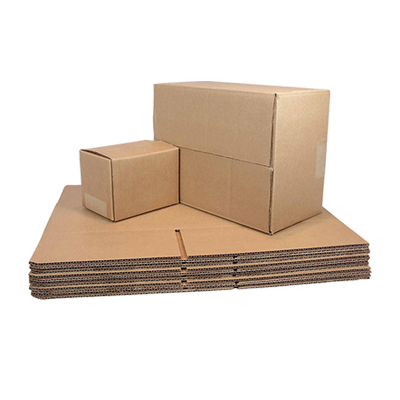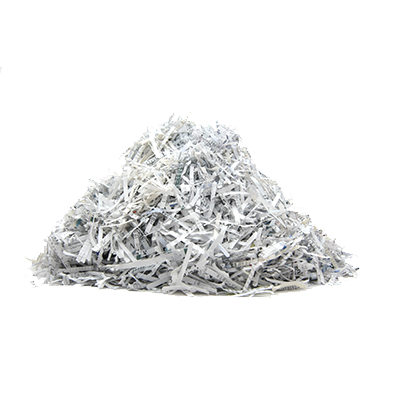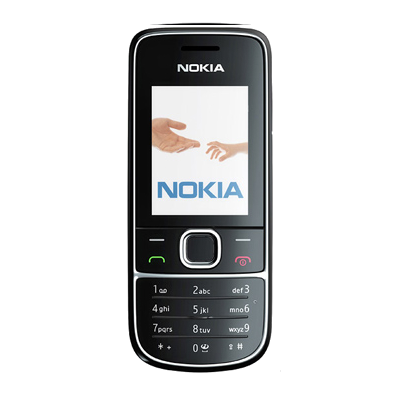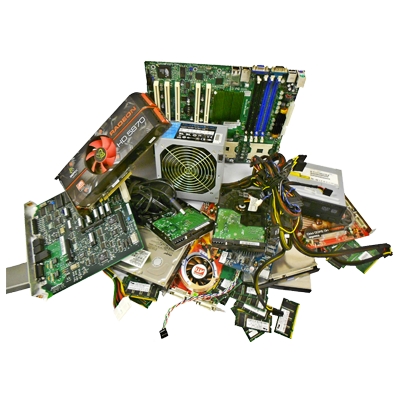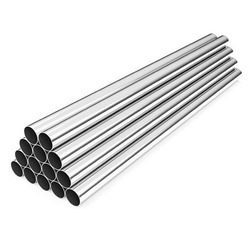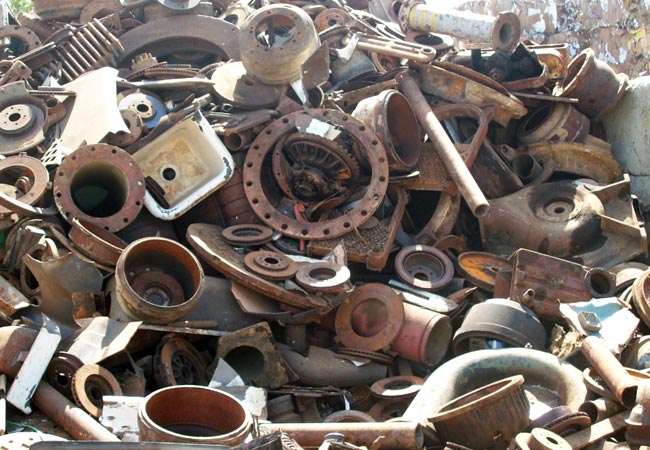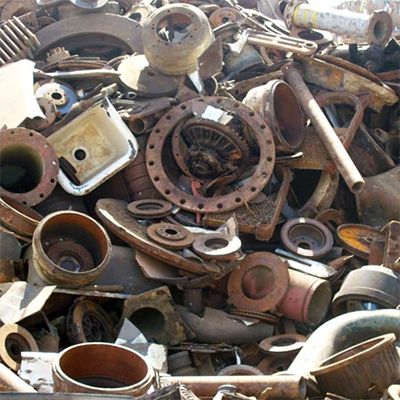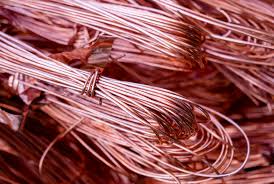
2021-06-24
Gold In Your Garbage
There is a wealth of valuable resources that end up in landfills everyday by way of electronic waste, or e-waste disposal. Anything that can be plugged in or used on a battery is considered e-waste. Metals, plastics, and glass are some components that are used to create electronics, and most of these components can be salvaged and recycled. Let’s break down the materials that are used in a very common device: the cell phone. Cell phones are mostly made using three materials: glass, metal, and plastic. Glass: Cell phone screens are made from aluminum oxide and silicon dioxide with an ultra-thin layer of indium tin oxide added so that you can touch the screen without damaging it.
Most of these metals can be recycled. Metals: The most common metal used in cell phones is aluminum. Aluminum alloys are commonly found in phone cases. (Alloys are a mixture of different metals but is named after the predominant metal in the mixture.) Lithium cobalt oxide and carbon graphite are used to make batteries. Elements like gold, copper, and silver are used in the wiring of the phone. Platinum and tungsten are used in the circuitry.
Plastics: Plastics are used mostly as an alternative to metals for the phone’s shell. The plastics used are very durable to most weather conditions. They also protect the interior of the phone in case of drops or scratches. The material is cheap, versatile, and does not cause reception problems when your phone is trying to find signal, and most importantly, can be recycled. When we dispose of our phones (and other electronics) irresponsibly, we are throwing away valuable resources, including precious metals. All of these materials can be recycled and reused for different purposes. A great example of e-waste being used is the 2020 Olympics in Japan. The medals that will be awarded to winners will be made from 100% recycled e-waste. The organizing committee already had access to almost 45,000 tons of discarded devices by last November. They had collected about 30 kg of gold, 4,100 kg of silver, and 2,700 kg of bronze. By June 2019, they had reached the goal for bronze, while more than 90% of the gold and 85% of silver had been collected. E-waste has valuable components that most people are not aware of.
Disposing of them like regular trash is a massive waste of resources, not to mention the toxins from chemicals (in batteries, circuits, screens, etc.) spread to the soil, water, and air. Recycling e-waste is beneficial to the environment as well as ourselves! For further reading:
https://www.maine.gov/dep/waste/recycle/whatrecyclablesbecome.html
https://www.techwalla.com/articles/what-materials-are-used-to-make-cell-phones
https://www.theguardian.com/sport/2019/feb/08/olympics-medals-recycled-gadgets-electronic-waste






